The Black Panthers are portrayed as heroes by the mainstream media. The truth is that they are and have always been cop-killing Marxists.
This article was reproduced.
Recently several celebrities have utilized imagery and references in their music videos, costumes and literature to the Black Panther Party of the 60s and 70s. They of course present a romanticized look at the organization which glosses over it’s radical socialist, violent side. While no doubt the BPP performed good acts for some, they also participated in murder, bombings, acts of terror and robbery in pursuit of their agenda. Below are the names and photos of 35 police officers who were murdered by the Black Panthers and the subsequent Black Liberation Army in the 60s, 70s and 80s. The Black Liberation Army was an organization that grew out of the Black Panther Party, composed of former Black Panther Party members, operating from about 1971-1980. Another two police officers on the list were murdered by the Weather Underground, a domestic terrorist group with ties to the Black Liberation Army.
As you scroll through the list of officers below, look at their photos and read their stories. Among these officers are black men and white men. Rookies and veterans from across the country. Most were killed in unprovoked attacks and ambushes. They all left behind families….
**Many of the photos of these officers, and the accounts of their murders were collected from the Officer Down Memorial Page, a non-profit organization dedicated to honoring police officers killed in the line of duty. You can pay homage to these officers, and other officers killed in the line of duty at http://www.odmp.org/
The Fallen

Officer John Frey
October 28, 1967
Oakland Police Department
Officer John Frey was shot and killed after making a traffic stop.
During the stop he requested backup. When the backup officer arrived, they removed the two occupants of the vehicle and separated them for questioning.
During the questioning the male suspect opened fire, striking both officers. Officer Frey was struck in the chest, stomach, and leg. He succumbed to his injuries while being transported to a local hospital. The other officer was struck in the chest but was able to return fire and wound the suspect, who was later apprehended. The suspect served three years in prison and was later killed in 1989.
The two suspects were members of the radical racist group The Black Panthers.
Officer Frey was survived by his wife and daughter.


Officer Thomas Johnson and Officer Charles Thomasson
Nashville Police Department
January 16, 1968
Officer Thomas Johnson and Officer Charles Thomasson were shot and killed after Officer Johnson stopped a vehicle at 15th Avenue and Herman Street that was wanted in connection with passing false money orders. As Officer Johnson exited his patrol car the five occupants of the vehicle opened fire with a 30-30 rifle and other guns, striking him in the chest.
As Officer Thomasson arrived on the scene to backup Officer Johnson he was shot seven times. Officer Thomasson succumbed to his wounds two months later. The ensuing investigation revealed that the five suspects were connected to the radical Black Panther group.
Officer Johnson had served with the agency for 10 years and had previously served with the United States Army. He was survived by his four children. Officer Thomasson was a US Air Force veteran and had served with the Metro Nashville Police Department for 6 years. He was survived by his wife, three daughters, and three brothers.
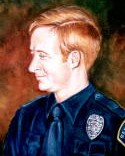
Officer Nelson Sasscer
Santa Ana Police Department
June 5, 1969
Officer Sasscer was shot and killed when he was ambushed by a member the radical racist group the Black Panthers. He had observed the two suspects hiding in the shadows on a residential street and was shot twice in the abdomen as he approached them. Both suspects were arrested later that night.
The shooter was convicted of second degree murder and sentenced to five years to life on June 17, 1970. He was paroled in 1977.
Officer Sasscer was a Vietnam War veteran and had served with the Santa Ana Police Department for 18 months. He had been awarded Rookie of the Year the previous year.

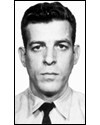
Patrolman John Gilhooly and Patrolman Frank Rappaport
Chicago Police Department
November 13, 1969
Officer John J. Gilhooly and Officer Frank G. Rappaport were ambushed by a member of the radical group Black Panthers on a false call of a “man with a gun”.
As the officers entered a gangway between two buildings the man opened fire with a shotgun from a porch below, striking Officer Rappaport in the chest and Officer Gilhooly in the face and neck. The suspect then shot Officer Rappaport again as he lay on the ground, killing him.
Gilhooly was survived by his father, brother and sister.

Sergeant Brian McDonnell
San Francisco Police Department
February 18, 1970
Sergeant Brian McDonnell succumbed to wounds sustained two days earlier when a bomb exploded in the Park Police Station.
Although Sergeant McDonnell’s murder was never solved, it is believed the bomb was set by members of the domestic terrorist group Weather Underground. Members of the group shot and killed Sergeant Edward O’Grady and Officer Waverly Brown, of the Nyack, New York, Police Department on October 20, 1981.
Sergeant McDonnell had served with the San Francisco Police Department for 20 years. He is survived by his son, daughter, parents, brother, and sister. His father was a former San Francisco Police sergeant.

Officer Donald Sager
Baltimore Police Department
April 24, 1970
Officer Donald Sager was shot and killed and his partner was seriously wounded as they sat in their patrol car writing a report. Three men, members of the radical Black Panthers, walked up behind and on each side of the patrol car and opened fire with automatic handguns. Officer Sager was killed instantly and his partner was hit four times.
Officer Sager had served with the agency for 12 years. He was survived by his wife and child.

Officer James Sackett
May 22, 1970
St. Paul Police Department
Officer Sackett was shot and killed by two suspects after responding to an emergency call. When he arrived he was ambushed from across the street by a suspect with a high-powered rifle. Two suspects associated with the Black Panthers were questioned, but no charges were immediately filed due to lack of evidence.
The two suspects were finally arrested and charged with Officer Sackett’s murder in January 2005, 35 years after the murder. Both suspects were sentenced to life in prison in 2006. In 2008 one of the suspects had his conviction overturned and was awarded a new trial. He pleaded guilty to conspiracy to commit murder.
Officer Sackett had served with the St. Paul Police Department for 18 months and had previously served for four years with the United States Air Force. He was survived by his wife and four children.

Patrolman William Miscannon
Toledo Police Department
September 18, 1970
Patrolman Miscannon was shot and killed while sitting in his marked patrol car at the intersection of Dorr and Junction Avenues, outside the headquarters building for the Black Panthers, during race riots.
A vehicle pulled up behind Patrolman Miscannon’s patrol car and one of the occupants walked up and shot him at point-blank range. The suspect was charged with Patrolman Miscannon’s murder but acquitted after two hung juries.
Patrolman Miscannon had served with the agency for 3 years. He was survived by his wife and four young children.

Officer Harold Hamilton
San Francisco Police Department
October 9, 1970
Officer Harold Hamilton was shot and killed after responding to a bank robbery call at the Wells Fargo Bank at Seventh Avenue and Clement Street. When Officer Hamilton and his partner arrived, they attempted to enter the bank and Officer Hamilton was shot and killed. Officer Hamilton’s partner was able to return fire, wounding the suspect.
At the officer’s funeral, members of the Black Liberation Army planted a time bomb outside of the church. The bomb exploded but did not injure any mourners.

Officer Glenn Smith
Detroit Police Department
October 24, 1970
Officer Glenn Smith was shot and killed by a sniper at a party house used by the Black Panther group.
After a standoff, all of the occupants of the home surrendered and were eventually all found not guilty.
Officer Smith had been a Detroit Police Officer for two years. He is survived by his wife.

Patrolman Joseph Piagentini and Patrolman Waverly Jones
NYPD
May 21, 1971
Patrolmen Joseph Piagentini and Waverly Jones were shot and killed while on foot patrol in the Colonial Park Houses public housing complex, at 159th Street and Harlem River Drive. They were ambushed by members of the Black Liberation Army and Black Panthers.
As the two patrolmen were returning to their cruiser at approximately 10:00 pm, three suspects snuck up behind them and opened fire. Patrolman Jones was struck in the back of the head and killed instantly. Patrolman Piagentini was shot 13 times and succumbed to his injuries en route to the hospital.
One of the suspects stole Patrolman Jones’ weapon which was later recovered in San Francisco, California, after several BLA members opened fire on a San Francisco police officer.
Piagentini left behind a wife and child. Jones was survived by his wife and three children.

Sergeant John Young
San Francisco Police Department
August 29, 1971
Sergeant John Young was shot and killed inside the Ingleside District Police Station.
While the police station was emptied of officers who had responded to an earlier bombing at another location, two men entered the police station and stuck a 12-gauge shotgun through an opening in the bullet proof glass that separated the waiting area from the rest of the police station. The suspects fired between five and ten shotgun blasts, killing Sergeant Young and wounding a civilian employee of the department. Both gunmen then fled the station house and into a waiting getaway car. The murderers were members of a group of career criminals, most of whom had ties to the Black Panther Party and/or the Black Liberation Army. The crime spree also included the bombing of St. Brendan’s Church on October 22, 1970, and the attempted bombing of Mission Police Station on March 30, 1971.

Patrolman Frank Buczek
Plainfield Police Department
September 18, 1971
Patrolman Frank Buczek was shot in the back of the head and killed while working a special detail in a church parking lot at West 6th and Liberty Streets. It is thought that he was ambushed from behind and his service weapon stolen. He was killed just two blocks away from where Patrolman Robert Perry was killed on July 1, 1970.
Two suspects were arrested, members of the Plainfield, New Jersey Black Panther Party. Suspects later became members of the Black Liberation Arm. Both were acquitted at trial.
He had served with the agency for 24 years and was survived by his wife and three children. He was six months away from retirement.

Officer James Greene
Atlanta Police Department
November 3, 1971
Officer Jim Greene, working a one man unit, was assassinated while on patrol.
Officer Greene was taking a break and seated in his police van at a closed gas station when the incident occurred. The suspect, two Black Liberation Army members, approached the unsuspecting officer. While one asked him a question, the other shot him numerous times. They then stole the officer’s service weapon and his badge to prove the deed to other members of the group.

Lieutenant Ted Elmore
Catawaba County Sheriff’s Office
April 27, 1983 (incident date: November 11, 1971)
Lieutenant Ted Elmore succumbed to wounds sustained 11 years earlier when he was shot while making a traffic stop on Highway 64-70.
Unbeknownst to Lieutenant Elmore, he had stopped two members of the radical Black Panthers who had shot and wounded an Atlanta, Georgia, police officer several weeks earlier. As he exited his patrol car the occupants of the vehicle opened fire, striking him in the right arm, disabling it. As he tried to draw his weapon with his left hand he was shot again in the abdomen and fell to the ground. The assailants then shot him a third time, hitting him in the back, severing his spinal cord and causing paralysis. The suspects abandoned their car and fled into a nearby wooded area. After a massive manhunt both were apprehended. Their car was found to contain several rifles, three shotguns, a bazooka, and 14,000 rounds of ammunition.
On February 15, 1973, both suspects were convicted of felonious and secret assault. One was sentenced to 23 to 25 years in prison. He was paroled August 3, 1990. The other suspect was sentenced to 5 years. He was paroled September 28, 1975.
Lieutenant Elmore remained paralyzed until passing away 11 years later. It was determined that his passing was a direct result of his wounds.


Officer Rocco Laurie and Officer Gregory Foster
NYPD
January 27, 1972
Officer Rocco Laurie and Officer Gregory Foster were assassinated by members of the Black Liberation Army while walking their patrol beat on Avenue B and East 11th Street in the 9th Precinct.
As they were walking down the street, three or four suspects walked pass them, spun around, and opened fire, shooting them in their backs. After the officers fell, the killers took their handguns and shot them several more times.
Foster and Laurie were friends that had fought together in the USMC in Vietnam. When they returned to New York, they asked to be placed on patrol together in the East Village, which was then a high-crime neighborhood. Laurie was survived by his wife. Foster was survived by his wife, two children, parents, and five siblings.

Corrections Sergeant Brent Miller
Louisiana Department of Corrections
April 17, 1972
Corrections Sergeant Brent Miller stabbed to death at the Angola State Prison by four inmates who were members of the Black Panthers.
The inmates had sharpened a lawn mower blade and used it to stab Sergeant Miller 38 times after attacking him in the prison’s Pine 1 dormitory. Three of the subjects were convicted of Sergeant Miller’s murder but have all since been released.
Sergeant Miller’s father was also a prison guard at the prison and he grew up on the prison grounds. He had worked as a guard at the prison for less than one year before being murdered. He was survived by his wife of two months, parents, and two siblings.
Cadet Alfred Harrell, Sergeant Edwin Hosli, Deputy Superintendent Louis Joseph Sirgo, Patrolman Philip Coleman, and Patrolman Paul Persigo
New Orleans Police Department
December 31, 1972 – January 7, 1973 – March 5, 1973

Cadet Alfred Harrell was shot and killed by a sniper at 2255 hours while working the gate at the Central Lockup. The sniper fired a .44 caliber carbine from a field 280 feet away. Cadet Harrell was scheduled to end his shift only five minutes later.
Minutes after killing Cadet Harrell, the suspect shot Sergeant Edwin Hosli, who was searching a nearby warehouse after an alarm went off. Sergeant Hosli succumbed to his wounds on March 5, 1973.
On January 7, 1973, the suspect also shot and killed Deputy Superintendent Louis Sirgo, Patrolman Paul Persigo, and Patrolman Philip Coleman after setting fires and shooting at civilians in a hotel. The suspect, who was a member of the Black Panthers, was shot and killed by police, who used a Marine helicopter to fly over the hotel and fire at the him.
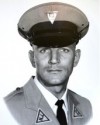
Trooper Werner Foerster
NJ State Patrol
May 2, 1973
Trooper Werner Foerster was shot and killed with his own service weapon after backing up another trooper who had stopped a vehicle containing two men and a woman on New Jersey Turnpike.
The subjects started struggling with the troopers and were able to disarm Trooper Foerster. One of the men opened fire, killing Trooper Foerster and wounding the other trooper. Despite the wounds, the other trooper was able to return fire and killed of the subject. The three subjects were members of the Black Liberation Army and Black Panther Party.
Trooper Foerster was survived by his wife and two children.
One of the suspects later convicted in Werner Foerster’s murder was Joanne Chesimard, aka Assata Shakur. Shakur was later sentenced to life in prison, but escaped in 1979 when three other members of the Black Liberation Army drew pistols they had smuggled into the prison during a visit. The group took two hostages and a prison van in which they made their escape. Shakur lived as a fugitive for years in the United States, as the law enforcement search was hampered by political fears of sparking racial unrest.
In 1984, Shakur was granted asylum in Cuba, and lives there to this day. In May 2013, on the 40th anniversary of the murder of Trooper Foerster, Shakur was the first woman to be placed on the FBIs list of most wanted terrorists.
Alicia Garza, founder of Black Lives Matter, openly speaks of the admiration she has for Shakur and the influence Shakur’s teachings have had on her and the group.

Officer Sidney Thompson
New York City Transit Police
June 5, 1973
Police Officer Sidney Thompson was shot and killed while attempting to arrest a fare evader at IRT Station 2 in the Bronx.
While attempting to arrest a suspect, the suspect’s companion shot him. Despite being wounded, Officer Thompson was able to return fire and wound the suspect he had originally stopped. He was assigned to Transit District 12. Both suspects were members of the Black Liberation Army and were apprehended several days later.
Thompson was survived by his wife, son and daughter.

Park Ranger Kenneth Patrick
National Park Service
August 5, 1973
Park Ranger Kenneth Patrick was shot and killed while making a traffic stop at Point Reyes National Seashore, California. The vehicle that he stopped contained several members of a militant group, known as the Black Panthers. One of the men opened fire on Ranger Patrick with a 9 mm handgun as he approached the car, wounding him. Ranger Patrick was wearing a winter coat and was unable to draw his weapon.
The suspects began to drive away but returned and the shooter shot the wounded Ranger Patrick in the head, killing him. The suspect then stole Ranger Patrick’s service revolver and the group fled. Ranger Patrick was survived by his wife and four children.

Officer John Scarangella
NYPD
May 1, 1981
Police Officer John Scarangella succumbed to gunshot wounds received two weeks earlier when he and his partner were shot by heavily armed gunmen during a traffic stop on 116th Avenue, between 202nd Street and 203rd Street.
Officer Scarangella and his partner stopped a van that fit the description of a van wanted in connection with several burglaries in the area. Before the officers could exit their vehicle, the two occupants of the van exited and opened fire with 9 millimeter semi-automatic handguns, firing a total of 30 shots. Officer Scarangella was struck twice in the head and his partner was struck 14 times in the legs and back. The suspects were members of the Black Liberation Army.
Officer Scarangella was removed to the hospital where he died two weeks later. His partner was forced to retire in 1982 due to his wounds. He was survived by is wife, four siblings and three children.


Sergeant Edward O’Grady and Officer Waverly Brown
Nyack Police Department
October 20, 1981
Sergeant Edward O’Grady and Officer Waverly Brown were shot and killed by heavily armed members of a domestic terrorist group, the Weather Underground, who had just robbed a bank and were attempting to escape. The suspects had just murdered an armored car guard and wounded two other guards before loading themselves into the back of a rental truck to be driven away by accomplices. The truck was stopped at a roadblock manned by several Nyack officers.
One of the female occupants in the cab of the truck told the officers their guns were making her nervous. Thinking they had stopped the wrong truck, the officers began to holster their weapons. Almost immediately afterwards several of the heavily armed men exited the back of the truck and opened fire with automatic weapons, fatally wounding Officer Brown and Sergeant O’Grady.
The Weather Underground was also connected to the Black Liberation Army, which was responsible for the murders of at least one dozen other police officers throughout the country. The Weather Underground is believed responsible for the unsolved bombing murder of San Francisco, California, Police Department.
Sergeant O’Grady was a Vietnam War veteran. He is survived by his wife and three children.

Officer Daniel Faulkner
Philadelphia Police Department
December 9, 1981
Police Officer Daniel J. Faulkner was shot and killed while making a traffic stop.
Officer Faulkner stopped the driver of a light blue Volkswagen at the corner of Thirteenth and Locust Streets for driving the wrong way down a one-way street. Officer Faulkner had the driver exit the vehicle. As the officer was speaking with the driver, the driver struck him in the face. Officer Faulkner struck the driver back and attempted to take him into custody. As the officer was attempting to subdue the driver, the driver’s brother came running to the scene from a parking lot across the street. While Officer Faulkner’s back was turned, the brother opened fire, shooting him in the back four times. Officer Faulkner fell to the ground but was able to return fire, hitting the suspect. The wounded suspect was able to fire again as he stood over the fallen officer, shooting him in the face.
The suspect attempted to flee but fell to the ground several feet from where he had just shot the officer. When back-up officers arrived, they found Officer Faulkner mortally wounded and the suspect, murder weapon in hand, laying several feet away.
The suspect, who was a member of the racist group Black Panthers, was charged with murder. He was convicted of murder and sentenced to death in two separate trials. In December 2001, a federal judge overturned the death sentence and ordered a new sentencing hearing. In December 2011, the district attorney dropped a request for a new sentencing hearing and Officer Faulkner’s murderer and was subsequently sentenced to life in prison.
Faulkner was survived by his wife.
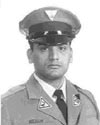
Trooper Carlos M. Negron
New Jersey State Patrol
May 7, 1984
Trooper Carlos Negron was shot and killed when he stopped to assist what he believed was a disabled vehicle on the New Jersey Turnpike. The occupants of the vehicle opened fire on him, fatally wounding him. Suspects Thomas W. Manning, 38, and Richard C. Williams, 37, both of Massachusetts, were members of the radical group called the Sam Melville-Jonathan Jackson Unit.
The authorities say that the Melville-Jackson band has “interconnections in philosophy and actual contact” with the Black Liberation Army, another underground radical organization whose members have claimed the lives of two other New Jersey state troopers – Werner Foerster during a 1973 shootout along the New Jersey Turnpike and Carlos Negron, who was fatally shot three times last Monday along the same highway, just 12 miles from where Foerster was gunned down.
Both subjects fled the scene but were both killed in a crash as other officers pursued them.
Trooper Negron had served with the New Jersey State Police for two years. He was survived by his wife, son, parents, and siblings.

Deputy Ricky Kinchen
Fulton County Sheriff’s Office
March 17, 2000
Deputy Ricky Kinchen died from gunshot wounds he received the night before while he and another deputy were attempting to serve a warrant.
The deputy and his partner, went to the suspect’s work place to serve the warrant. After failing to locate anyone at the business, they drove around the block and located a vehicle. While approaching the vehicle, the deputies told an individual standing next to it to show them his hands. At that time, the suspect responded by saying “Here they are,” and opened fire with a .223 caliber rifle, striking both deputies several times. Deputy Kinchen was struck in the abdomen and leg and was transported to a local hospital, where he died the next day. Deputy Kinchen was wearing a vest, however, the round struck him in an area not protected by the vest.
The second deputy was struck several times and was admitted to the hospital in critical condition. The killer was originally wanted for several charges, including impersonating a police officer. The killer was a former member of the Black Panthers, a radical, militant group, with a long criminal record, including inciting a riot. He fled the scene after the shooting but was arrested several days later in Alabama. The deputies were unaware of the suspect’s background.
On March 9, 2002, the killer was found guilty of 13 charges, including the murder of a police officer, in connection with Deputy Kinchen’s murder.
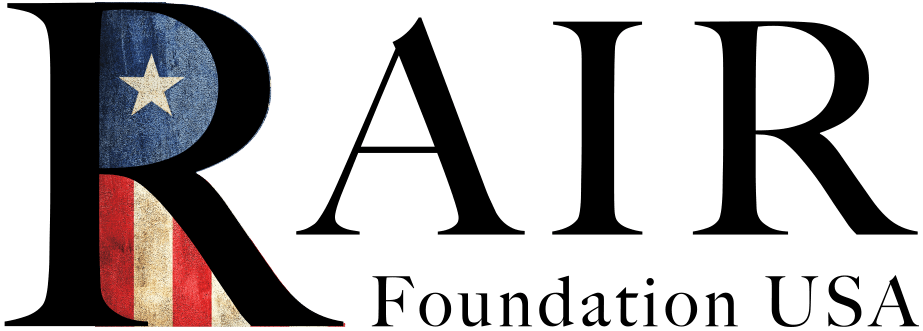
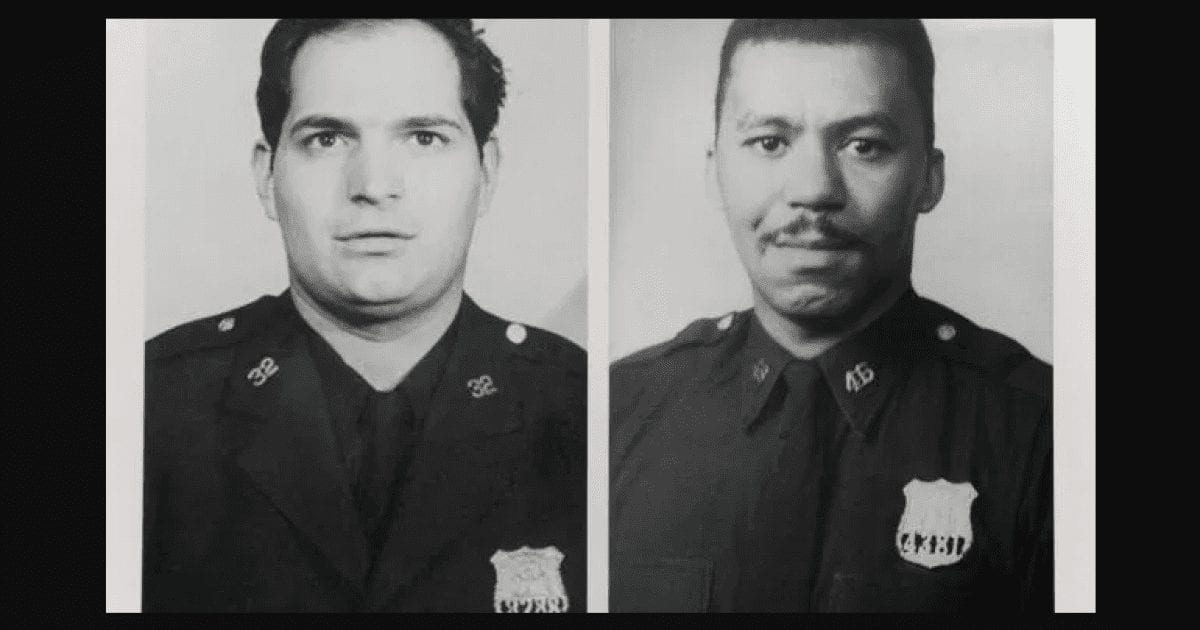


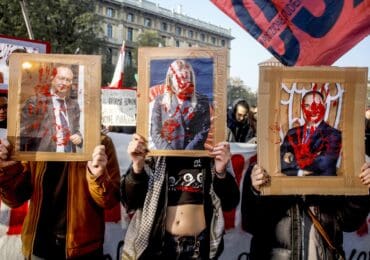
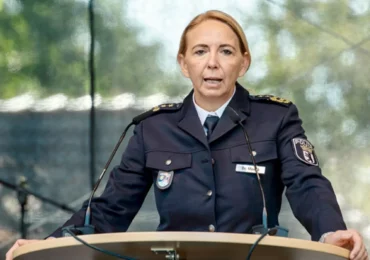

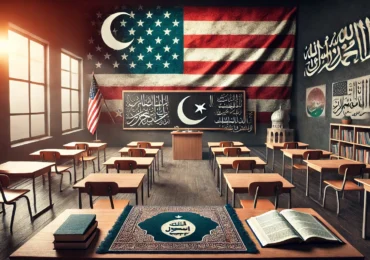

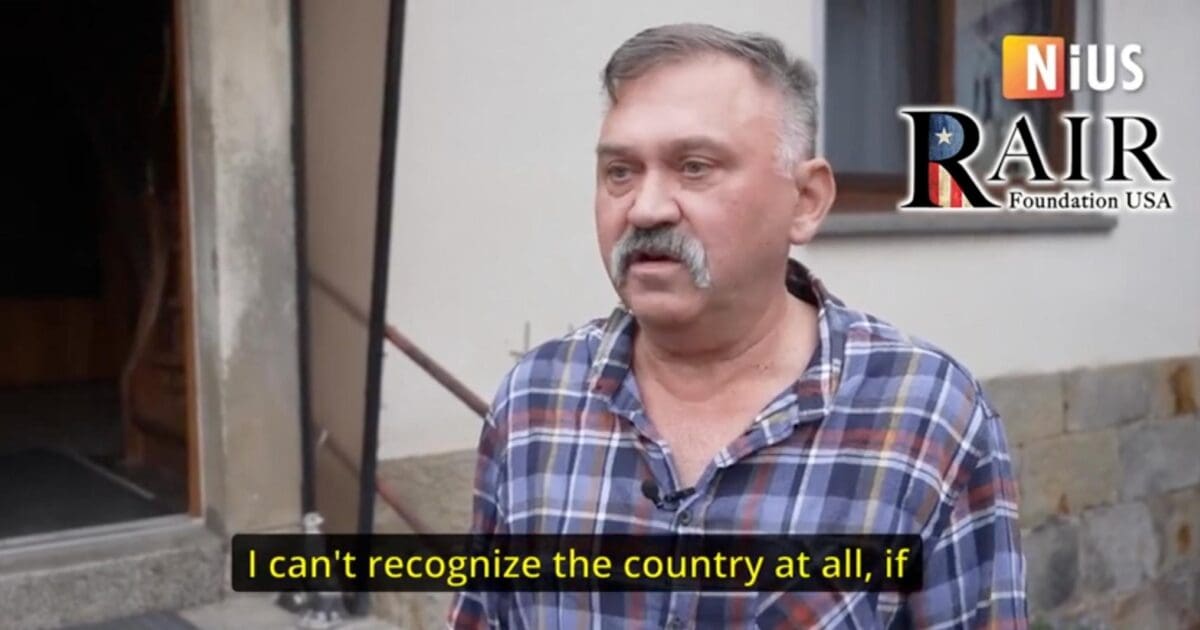

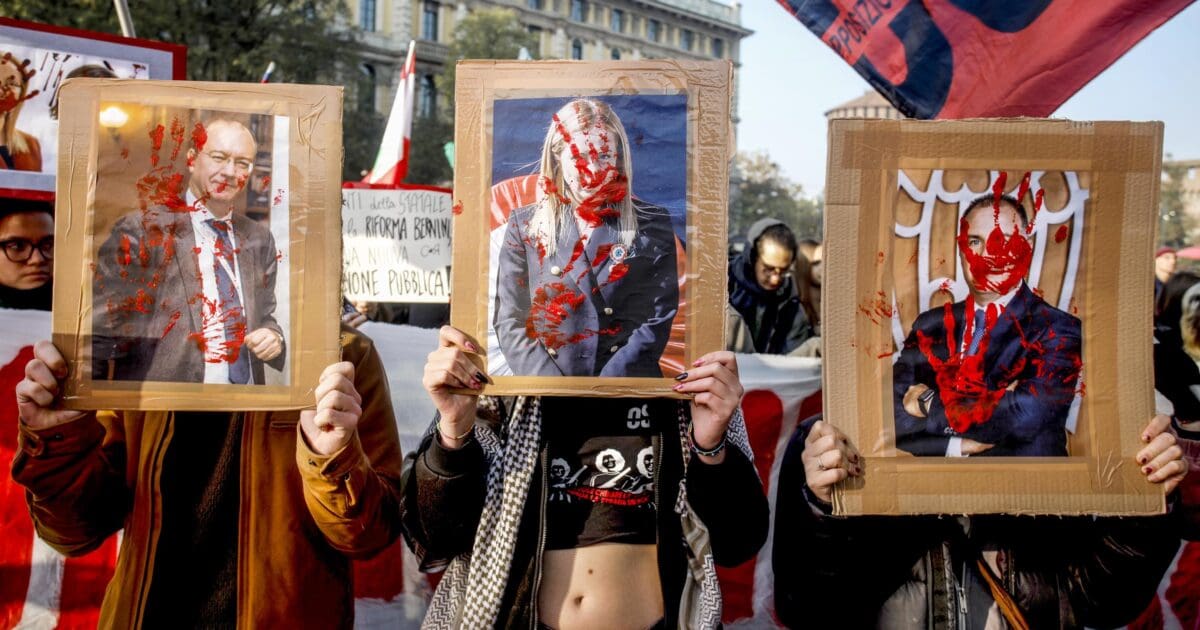
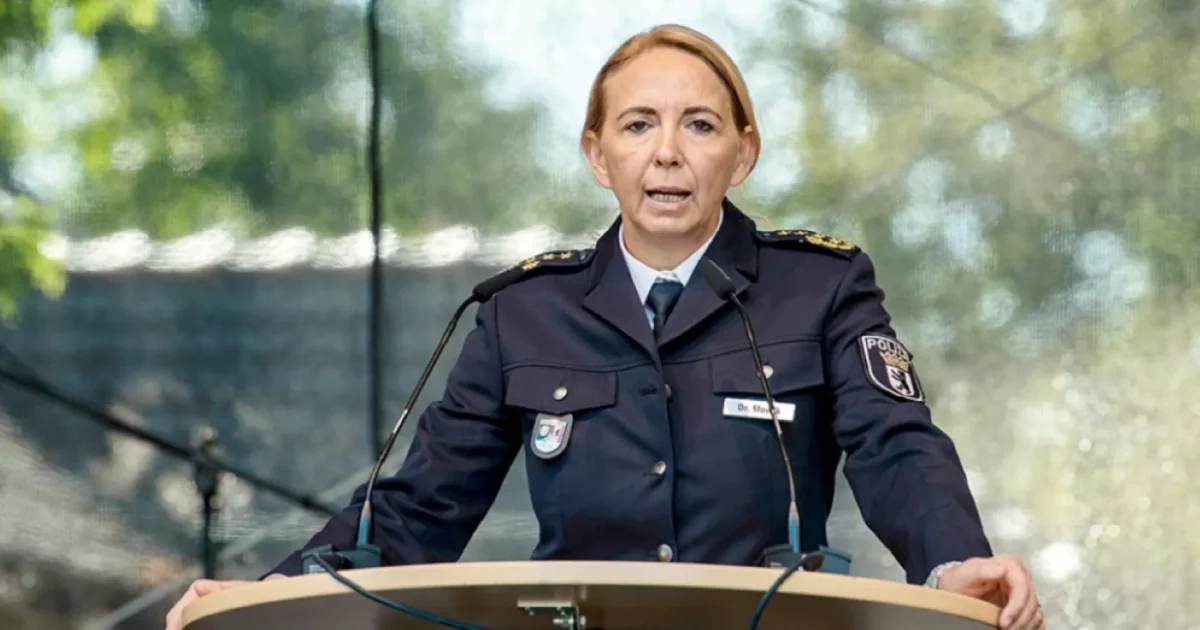

Add comment